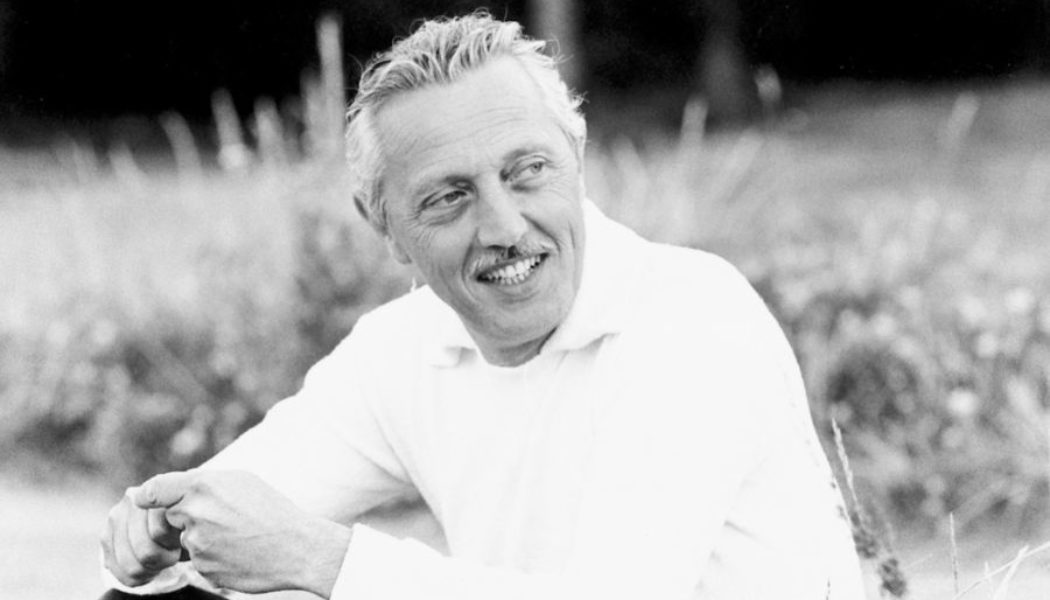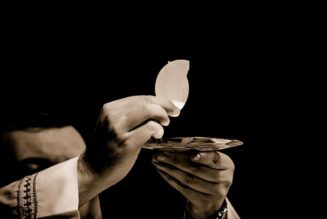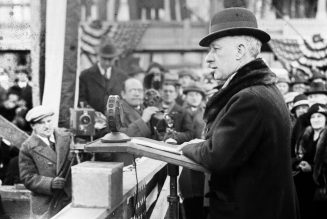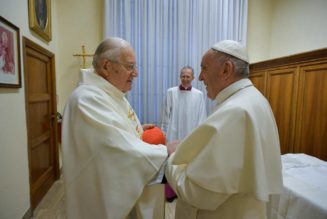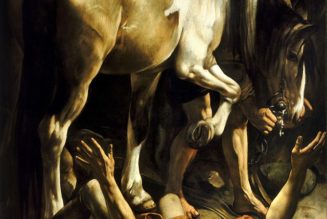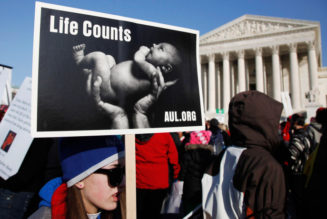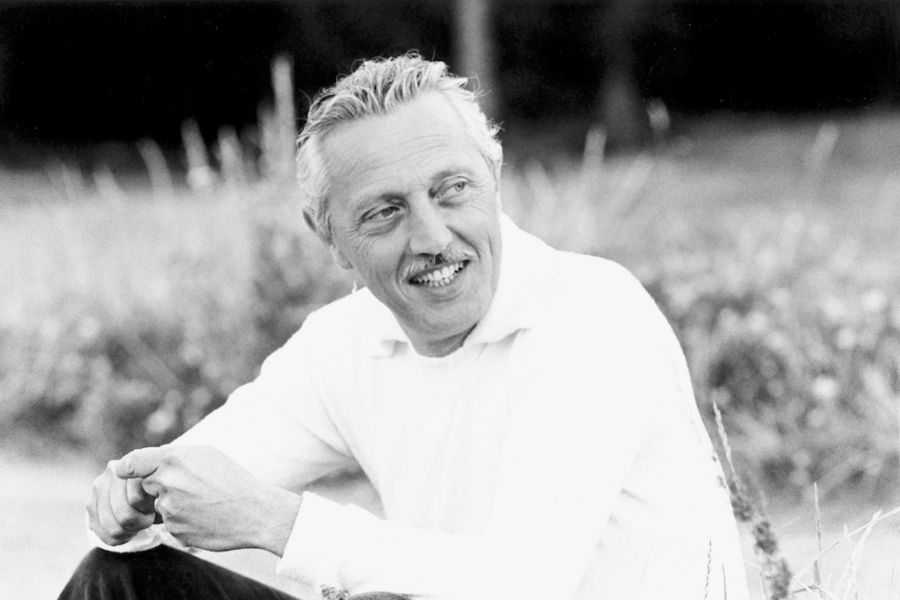
In vitro fertilization (IVF) is back in the headlines.
In February 2024, the Alabama Supreme Court ruled that frozen human embryos constitute children under state statute. The nine-judge court said in an 8-1 ruling that the state’s Wrongful Death of a Minor Act is “sweeping and unqualified,” and extends its provisions to children “regardless of location.”
This decision, along with the debate it has prompted about the legal status of frozen human embryos, invites us to revisit events from 1989. It was then in a Tennessee courtroom that the nature of such embryos was investigated with expert witness testimony given by the eminent French pediatrician and geneticist, Dr. Jérôme Lejeune (1926-1994), the scientist who discovered the extra chromosome that causes Down syndrome.
The case in question was Davis v. Davis and involved a dispute over cryopreserved embryos. Mary Sue and Junior Davis married in April 1980. Subsequently, Mary Sue experienced several ectopic pregnancies. After her fifth such pregnancy, she chose surgically to seal her left fallopian tube, leaving her unable to conceive conventionally. The couple then tried IVF but this too failed. In November 1988 they embarked on a round of IVF that cryopreserved unused embryos for later transfer.
When the couple later divorced, seven such embryos remained cryogenically preserved, but without agreement on what to do with them. Mary Sue wanted to use them to have a child; Junior disagreed; the matter ended up in court. Junior Davis asked the court to give both parents joint custody over the embryos, thereby preventing Mary Sue from doing anything with the embryos without his permission.
In February 1989, the case came before Judge W. Dale Young in Blount County, Tennessee. One of the expert witnesses called to testify was French geneticist and pro-life champion Lejeune.
“Each of us has a unique beginning, the moment of conception, we know,” he declared. “And all the genetics and all the zoology are there to tell us that there is a link between parents and children. And this link is made of a long molecule that we can dissect: the DNA molecule, which is transmitting information from parents to children through generations and generations.” He went on to explain how each human being “has never occurred before and will never occur again” — what he described as “an entire novelty.”
When asked by the court to comment on the difference between conception in the body of a mother and conception via IVF, he explained as follows: whereas the former conception occurs within the mother’s fallopian tube, in IVF, conception occurs inside “a tube of glass.” It is there, he said, that the egg that has been removed from the body of the woman is placed, and the sperm is added.
“Normal fertilization is occurring inside a tube. […] It is not at all the inseminator who makes fertilization,” he said, but “the right medium: a ripe ovum, active sperm, and it is the sperm who makes the fertilization. Man would be unable to make a fertilization. It has to be done directly by the cells.” For Lejeune, in vitro fertilization was “just a technique, sometimes used to bypass a difficulty in the encounter of the egg and the sperm. … It does not change at all the basic mechanism.”
But what was at stake in the courtroom was not so much the mechanics of what is involved in IVF as the nature and legal status of frozen embryos produced by it.
Turning to that question, the French scientist began by expressing his surprise that he had recently discovered that British colleagues had invented the term: “pre-embryo.”
“That [state] does not exist,” he said, “It has never existed.”
He went on to say that he had consulted an encyclopedia that he had inherited from his grandfather and that had been published at least 50 years earlier. Its definition of “embryo” was clear and simple: “The youngest form of a being.” The Frenchman continued: “It’s very interesting because this terminology was accepted the world over for more than 50 years by all the specialists. We had no need at all of a sub-class which would be called a ‘pre-embryo,’ because there is nothing before the embryo. Before an embryo, there is a sperm and an egg, and that is it.” That definition was for him “important” because otherwise “people could believe that a ‘pre-embryo’ does not have the same significance as an embryo.”
Lejeune was asked to reflect upon the nature of the IVF process itself.
“If we stop the process,” he replied, “If we slow down the movement of the molecules, we progressively come to a relative standstill. When the embryo is frozen, these tiny human beings, they are very small — one millimeter and a half in dimension … you can put them in canisters by the thousands. … Putting them inside a very chilly space, [these] tiny human beings are deprived of any liberty, of any movement … they are even deprived of time — time is frozen for them. Then to survive, so to speak, in a suspended time, in a concentration can, not as hospitable and prepared for life as would be the secret temple inside the female body’s womb.”
This was, he said, a place “much better equipped physiologically, chemically, and I would say, intellectually, our best laboratories for the development of a new human being.”
Essentially, it was to this reality that he had come a great distance to testify in a U.S. courtroom. “I was deeply moved when you phoned [saying] that the mother wanted to rescue babies from this concentration can. And to give to … those early human beings, her own flesh, the hospitality that she is the best in the world to give. … [Instead of] being left inside the concentration can, or being destroyed. I was impressed because it reminded me of an extraordinary trial which occurred more than 2,000 years ago. I could not believe it could occur again: that two persons might discuss whether it’s better to have a live human being given to a certain person, or given to another who would prefer the baby not to be alive at all.”
Here he was referring to the story in the Bible often referred to as the Judgment of Solomon.
“And to the best of my recollection, this judgment has been considered as a paragon of justice when Solomon made it. I was not thinking I would come from Paris to speak in Tennessee about a 2,000-year-old trial. But I realized it was the first time it was arising on earth with a very early human being, because previously early human beings were not within our reach, [because] they were protected inside the secret temple.”
Lejeune viewed his testimony in court as an opportunity for a geneticist to speak on what “science tells us” of frozen embryos. He described how each human being has a DNA bar code, detectable in full in just one cell, and is truly unique. Consequently, every individual is distinct via this bar code: “The probability that you will find it identical in another person is less than one in a billion. So, it’s not any longer a theory that each of us is unique,” he explained. “It’s now demonstratable, as simple as a bar code in the supermarket.” But the human barcode does not tell the price of human life, he went on to say, and “that is the difference between humanity and the supermarket.”
The court asked Lejeune: Did he have any ethical considerations about freezing embryos? “I think love is the contrary of chilly. Love is warmth, and life needs good temperature. So, I would consider that the best we can do for early human beings is to have them in their normal shelter, not in the fridge.”
“When we come back to the early human beings in the concentration can,” Lejeune continued, “I think we have now the proof [namely the DNA code in each cell] that there are no spare parts that we could use at random, not experimental material that we can throw away after use, not commodities we can freeze and defreeze at our own will, not property that could be used in exchange. And if I understand well the present case, and if I can say a word as a geneticist, I would say that an early human being inside this suspended time [as frozen] cannot be the property of anybody because it’s the only one in the world to have the property of building himself. I would say that science has a very simple conception of man. As soon as he has been conceived, a man is a man.”
For Lejeune it was clear that frozen embryos were “not property” and as a consequence “must not be destroyed.” He went on to suggest that, in being frozen, “they have been put into suspended time in the hope that someday they will be given shelter by their own mother.” Therefore, in the case currently before the court, he noted the mother of the frozen embryos was offering them “shelter.” Hence, he could not see why they should not be granted to her as this would “preserve the life of the embryos.”
Then, returning to the Judgment of Solomon, Lejeune stated: “The true mother is the one who prefers that the baby is given to another rather than the baby being killed.”
And with this, the Frenchman’s expert witness testimony ended.
In its judgment, the court sided with the mother.
However, that was not the end of the matter. Ultimately, the case was appealed to the Tennessee Supreme Court, which upheld the father’s wishes. Subsequently, after both parties had changed personal circumstances, the disputed frozen embryos were destroyed.
On Jan. 21, 2021, Pope Francis declared Jérôme Lejeune “Venerable” on account of his heroic virtue.
